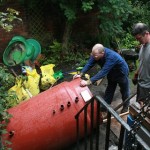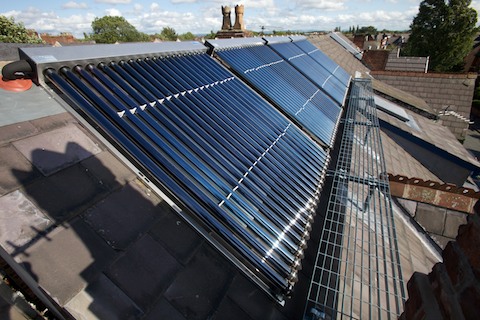The thing you realise when you add up all the costs is that all those little trips to the builders merchants do add up! The costs below including fitting and VAT.
The log fired heating system + accumulator cost £7,234 and the solar install with controller and consolar stratifying tank cost £7,182 – this is higher than usual for solar but we have more tubes than anyone regards as normal and we’re still getting heat today in November. As it’s fairly warm outside this will mean we will have enough hot water for showers and can light the small woodburner for heating (which cost £1,100 fitted) instead of the boiler. For a similar price we could have had a pellet boiler and small solar install but this would have been less resource efficient – pellets have to be made and shipped around in tankers where our solar output is now cost free and we’re currently burning Udi woodfibre insulation offcuts, our old roof battens and some beams our builders took out of another house. When nearby skips don’t fill our cellar we get wood from a local tree surgeon which is about two thirds of the cost of pellets.
We added a maintenance gantry and access hatch costing £1,348 which isn’t a requirement but will be cheaper than hiring a scaffold tower when we need to do maintenance.
The new windows cost £635 per square metre, a total of £2,157 for four opening lights and two fixed.
The refurbished windows cost £170 per square metre, a total of £4,550 for twenty windows and secondary glazing the stained glass panels. About half of this is labour and it’s not terribly complicated – if you can use a router and have time on your hands this could be done for alot less.
For insulation we spent £845 fitting glass wool under the ground floor by taking down the cellar ceiling. We spent £5,159 on Spacetherm for the front and back walls and where ceiling height was a problem on the top floor. We bought £638 of wool insulation and £172 of glasswool for the other areas of the top floor ceilings. The Udi Reco system for the gable wall cost £9,373 in total, which is £134 per square metre.
So that’s a total of about £38,500 on the heating, insulation and draft proofing.
Having paid £297,000 for the house in 2004 we’ve spent just over £85,000 overall on maintenance and decoration, which is still less than we would have paid for a house this size in good order. This has given us a brand new roof, draftproof windows, a seriously efficient heating and solar system, complete rewiring including burglar/smoke alarm system, two refurbished bathrooms, two fully rebuilt bedrooms plus an office and a house which is now comfortable in winter – the first sign of spring used to be a visitor with their coat off! Someone less interested in high quality design might not have needed top of the range window fittings, stainless steel sockets and light switches, Italian lights and feature window. And the kitchen is still to be done…
November 2009
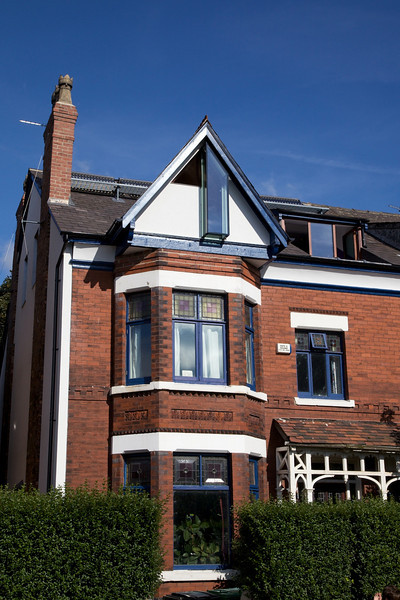 We moved out of Hulme after 20 years as we had outgrown our flat, price restricted us to a pretty run down house backing on to the pizza shop. It had been separately let rooms before we returned it to a family house. The order of the works below is the order we had to do it in to minimise the health hazards.
We moved out of Hulme after 20 years as we had outgrown our flat, price restricted us to a pretty run down house backing on to the pizza shop. It had been separately let rooms before we returned it to a family house. The order of the works below is the order we had to do it in to minimise the health hazards.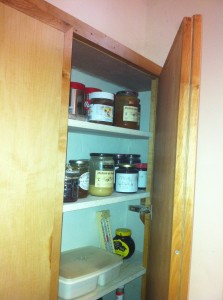
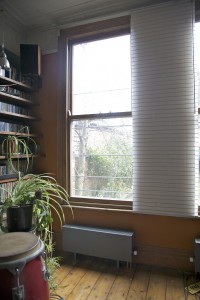
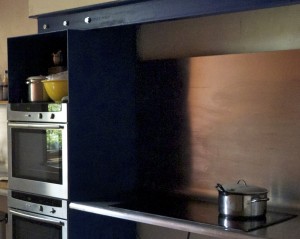 T
T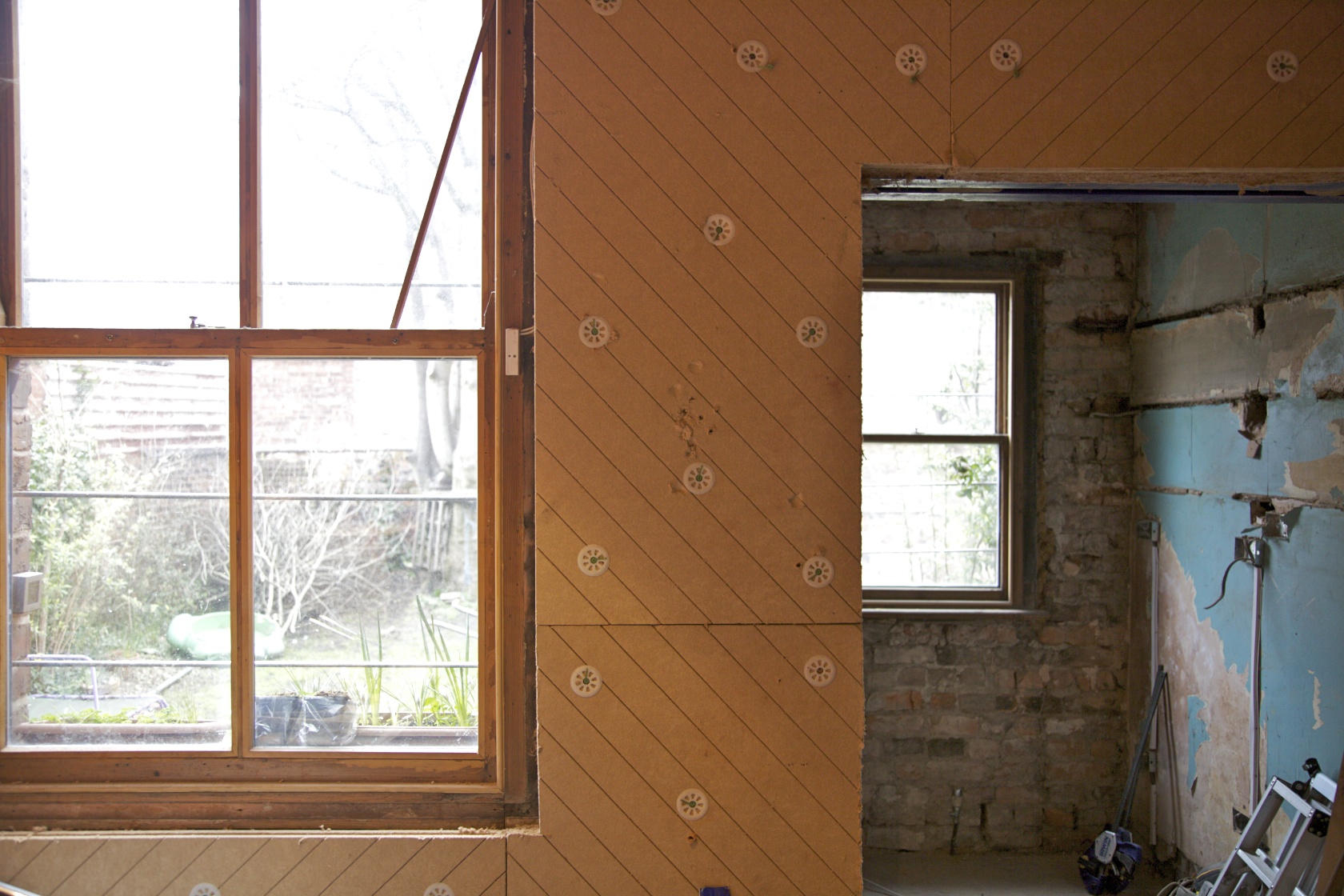
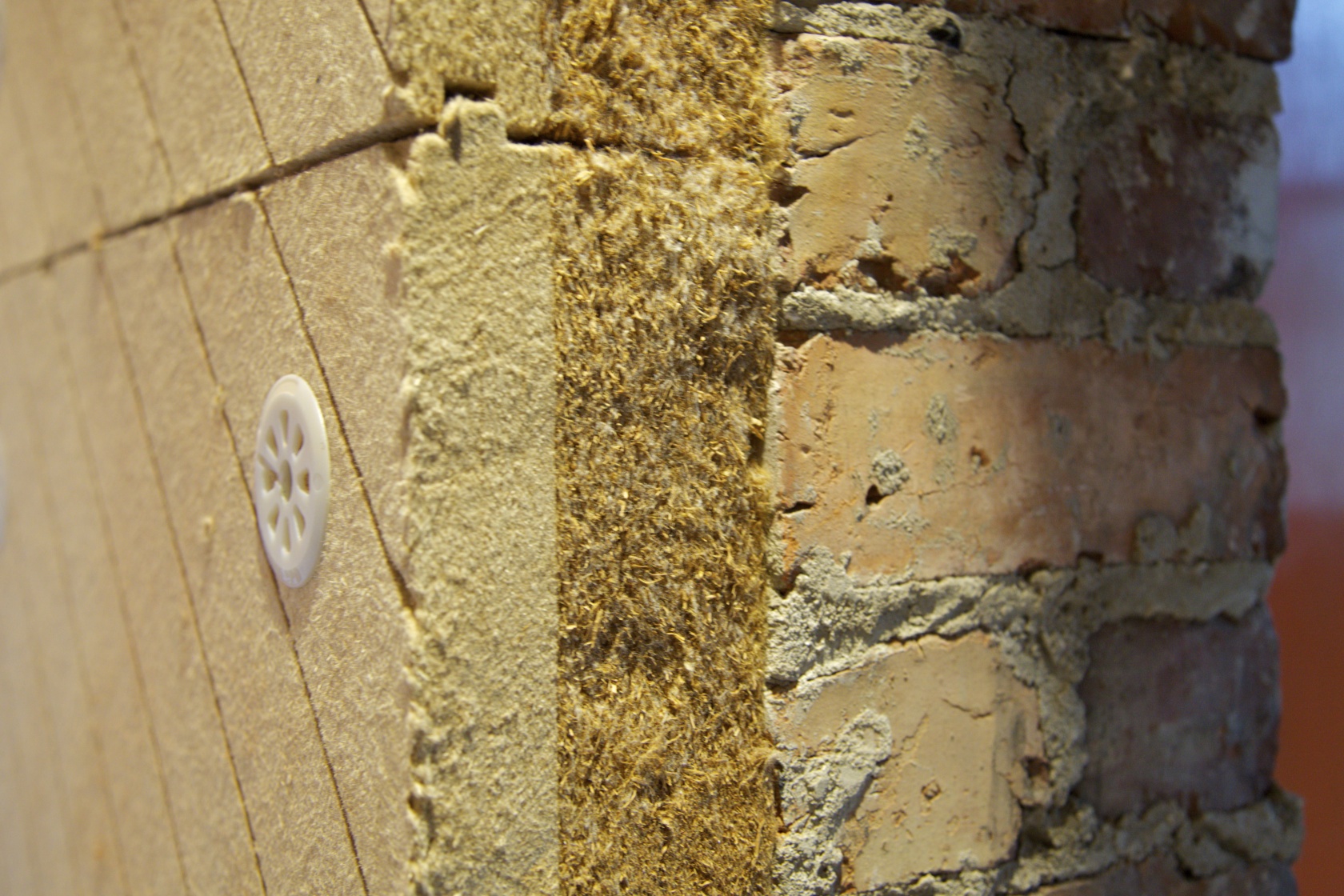
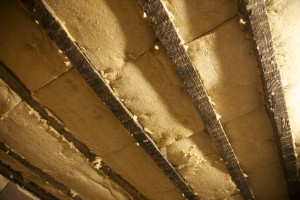
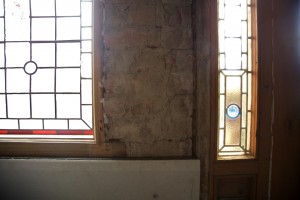
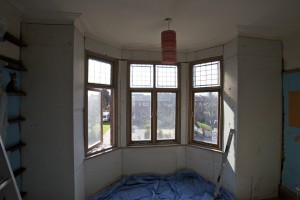
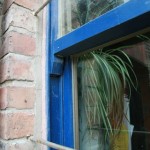 We’ve upgraded the existing windows instead of replacing them using a local carpenter,
We’ve upgraded the existing windows instead of replacing them using a local carpenter, 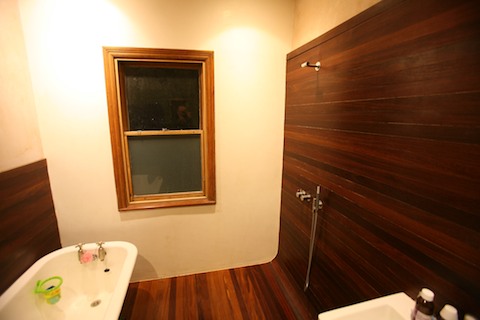
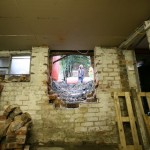 They both have solar and hot water heat exchange coils in them. Cold water is pre-warmed in the lower larger tank first, then taken up to full temperature in the upper one. In summer the solar panels feed into the top tank first then when up to top temperature feed into the bottom. In winter they feed into the cooler lower tank. The top tank made by
They both have solar and hot water heat exchange coils in them. Cold water is pre-warmed in the lower larger tank first, then taken up to full temperature in the upper one. In summer the solar panels feed into the top tank first then when up to top temperature feed into the bottom. In winter they feed into the cooler lower tank. The top tank made by 